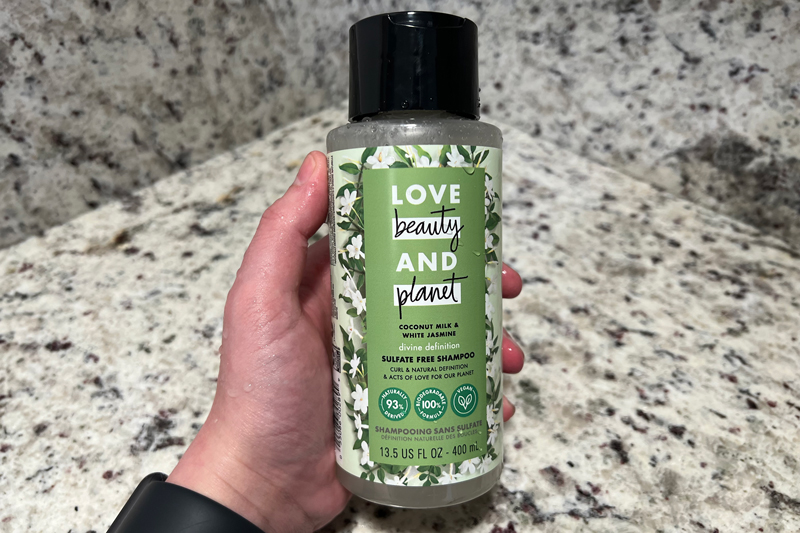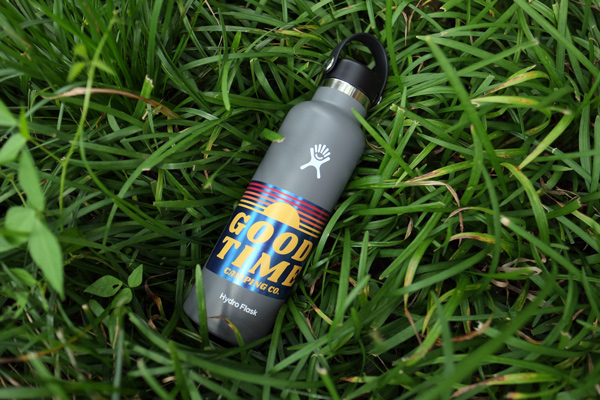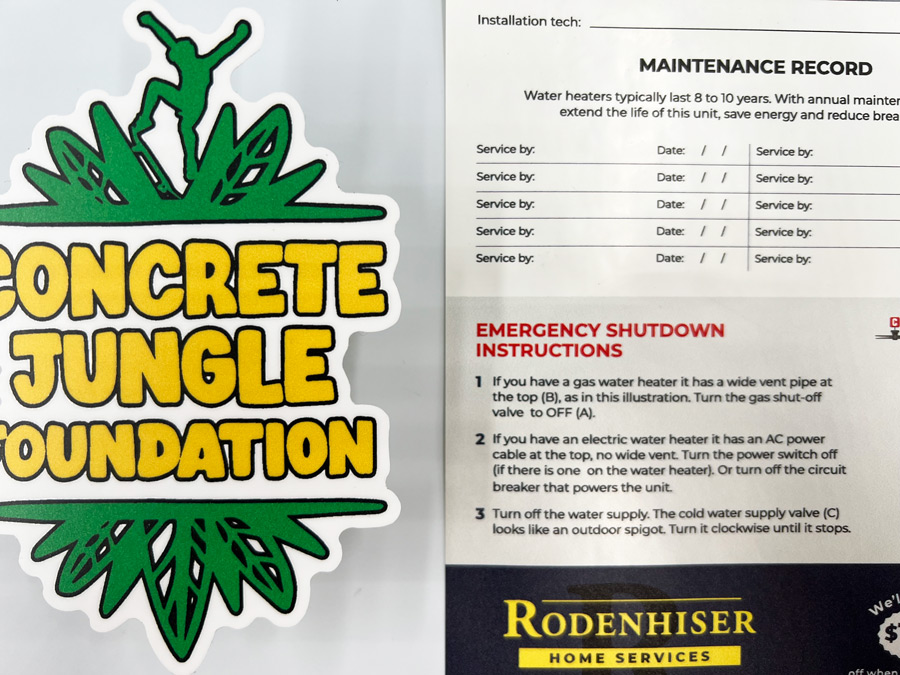In the bustling world of consumer goods and products, labels stand as silent communicators, guiding our choices and conveying vital information. From the moment we pick up a packaged item, labels play a crucial role in identifying its contents, providing essential details, and leaving a lasting impression of the brand. But what exactly are labels, and how do they differ from stickers?
In this comprehensive exploration, we will unveil the intricacies of labels, understanding their diverse applications and the unique features that set them apart from stickers. Whether you’re a consumer looking to make informed choices or a business seeking to elevate your branding, join us in demystifying labels and embracing their power as a cornerstone of modern-day commerce.
What is a label?
At its core, a label is a piece of material affixed to a product or container, providing essential information about the item within. Labels serve multiple purposes, making them indispensable in our daily lives.

Identification
Labels help identify products, items, or packages, making it easier for consumers to locate and select what they need.
Information
From nutritional facts on food products to care instructions on clothing, labels convey crucial details that inform consumers about the product’s contents, usage, and potential hazards.
Branding
Labels are instrumental in establishing and promoting brand identity. A well-designed label with a recognizable logo can leave a lasting impression on consumers, fostering brand loyalty.
Safety and Compliance
Certain industries, such as pharmaceuticals and chemicals, require industrial labels to include safety warnings and regulatory information to protect consumers and meet legal standards.
Promotion
In addition to practical information, labels are also employed for promotional purposes. Eye-catching labels with vivid graphics and creative designs attract attention and influence purchasing decisions.
How are labels used?
Labels find applications across a wide range of industries and products. Here are some common uses of labels:
- Food and Beverages: Labels on food packaging provide nutritional information, expiration dates, ingredients, and allergy warnings, helping consumers make informed choices.
- Healthcare and Pharmaceuticals: Medicines and medical products are labeled with dosage instructions, precautions, and potential side effects for patient safety.
- Cosmetics and Personal Care: Labels on cosmetic products outline ingredients, usage instructions, and product claims, ensuring users understand what they are applying to their skin or hair.
- Manufacturing and Industrial: Labels in manufacturing environments facilitate inventory management, quality control, and safety protocols.
- Retail and Product Branding: Retail products feature labels that showcase brand logos, product names, and marketing messages, enhancing brand recognition and appeal.
Is a label the same thing as a sticker?
The world of labels and stickers may appear to overlap at first glance, but a closer examination reveals distinct characteristics that set them apart. Labels and stickers differ not only in their intended purposes but also in their composition, adhesive properties, and functionality.
Composition of labels vs. stickers
Labels are typically made of paper, plastic, fabric, or other durable materials, chosen based on factors like product type and usage environment. In contrast, stickers are often printed on adhesive paper or vinyl, designed for easy application and removal.
While labels emphasize functionality and durability, stickers are often printed on adhesive paper or vinyl, featuring a more straightforward and temporary construction, as their primary purpose is often temporary decoration or messaging.
Adhesive Properties
A significant difference between labels and stickers lies in their adhesive properties, which determine how they adhere to surfaces and how long they remain affixed.
Labels are designed for a long-lasting bond and employ adhesives that adhere firmly to various surfaces, ensuring they remain in place throughout the product’s life cycle. Manufacturers carefully select adhesives that can withstand environmental factors like temperature fluctuations, humidity, and exposure to chemicals.
In contrast, stickers are meant to be more versatile in their application and removal. Adhesive-backed stickers are intentionally formulated to allow for easy, clean removal from surfaces without leaving residue behind. This characteristic makes stickers ideal for temporary uses, promotions, and personal expression.
Functionality
Perhaps the most significant distinction lies in the primary purposes they serve. The core function of labels is to convey crucial information about the product, its contents, usage instructions, and safety precautions. They provide consumers with the necessary details to make informed decisions while complying with regulatory standards. Labels are essential communication tools, bridging the gap between manufacturers, retailers, and consumers.
Stickers, on the other hand, serve a broader array of functions. While some stickers may have informational elements, they often prioritize decorative and promotional purposes. Stickers with eye-catching designs and captivating messages can attract attention, making them valuable assets in marketing and brand promotion. Furthermore, stickers are a popular medium for self-expression, allowing individuals to personalize their belongings or surroundings.
Decals are similar to stickers but with a few key differences. These terms can be used interchangeably by mistake.

What materials are used in product labeling?
Product labels are crafted from various materials, each offering distinct characteristics to suit different applications:
- Paper Labels: Cost-effective and widely used, paper labels are commonly found on consumer goods. They come in various finishes, including matte, glossy, and textured, offering versatility in design.
- Vinyl Labels: Vinyl labels are durable, waterproof, and resistant to harsh conditions, making them ideal for products exposed to moisture or outdoor elements.
- Polypropylene (BOPP) Labels: These labels are known for their excellent clarity and resistance to tearing, making them suitable for products requiring a transparent label.
- Foil Labels: Foil labels add a touch of elegance and luxury to product packaging. They are often used in high-end cosmetic and gourmet food products.
- Fabric Labels: Apparel and textile products often use fabric labels, which are soft and comfortable against the skin and can be sewn into clothing.
How are custom labels printed?
Custom label printing involves various techniques and technologies to create unique designs that align with a brand’s identity:
- Digital Printing: Digital printing offers quick turnaround times and is suitable for small to medium label batches. It allows for precise color matching and accommodates variable data printing.
- Flexographic Printing: Well-suited for high-volume label production, flexographic printing uses flexible plates and fast-drying inks. It is cost-effective for large runs and offers excellent color vibrancy.
- Offset Printing: Ideal for intricate designs and vibrant colors, offset printing delivers high-quality labels. It involves transferring ink from a plate to a rubber blanket before applying it to the label material.
- Screen Printing: Screen printing is often used for specialty labels with unique textures, such as raised or textured effects. It is commonly employed in the beverage and cosmetic industries.
How large is the labeling industry?
The labeling industry plays a significant and ever-expanding role in the global marketplace, with continuous growth driven by technological advancements and evolving consumer demands.
Market Size
The global labeling market is valued at $45.5 Billion dollars, and its significance continues to grow. The increasing demand for labels stems from their crucial role in product identification, branding, and compliance. Labels have become essential tools for conveying vital information to consumers, such as nutritional facts, safety warnings, and expiration dates.
Additionally, the rise of e-commerce has boosted the need for robust packaging and shipping labels, ensuring products reach customers safely and efficiently. Sustainable label options have gained popularity as eco-conscious consumers seek environmentally friendly packaging solutions.
The labeling industry’s expansion is not limited to established markets; emerging economies are contributing substantially as well. Technological advancements have made label production more accessible, enabling businesses of all sizes to leverage high-quality labels for their products.
Technological Advancements
Technological innovations have transformed label printing, streamlining processes and offering new possibilities:
- Digital Printing: Digital label printing has revolutionized the industry with its efficiency and flexibility. Short to medium-sized label runs can now be produced economically, making it easier for businesses to customize labels for specific products or marketing campaigns.
- High-Quality Reproduction: Labels today boast exceptional visual quality, with intricate designs and vibrant colors accurately reproduced. This enhances the overall presentation of products and reinforces brand identity.
- Sustainability: Embracing sustainable practices, the labeling industry offers biodegradable label materials and eco-friendly inks. This shift towards eco-consciousness aligns with consumer preferences and demonstrates corporate responsibility.
- Variable Data Printing: Advancements in label printing have enabled variable data printing, allowing unique information or codes to be printed on each label. This is particularly valuable for product traceability and anti-counterfeiting measures.
Economic Impact
The labeling industry’s impact extends beyond label production, benefiting various sectors:
- Employment Opportunities: Label manufacturing, printing, and related services create job opportunities worldwide. Skilled designers, printing specialists, and logistics personnel are just a few of the roles supported by the industry.
- Packaging and Design: Labels play a critical role in product packaging, influencing design innovation and material choices. Labels integrate seamlessly with packaging, ensuring products are presented attractively and informatively.
- Logistics and Supply Chain: Efficient labeling and barcoding streamline supply chain operations, optimizing inventory management and facilitating smooth logistics.
- Retail and Consumer Engagement: Eye-catching labels enhance shelf appeal, contributing to increased consumer engagement and purchase decisions. Brands rely on well-designed labels to communicate with their target audience effectively.
As the labeling industry continues to evolve, its economic significance and innovation-driven growth make it a key player in the modern business landscape.
Conclusion
In the vast realm of commerce, labels and stickers serve as silent yet influential messengers. Their diverse applications, driven by technological advancements and sustainability initiatives, have propelled the labeling industry to a prominent position worldwide. Beyond their physical presence, labels embody brand identity, trust, and creative storytelling. As we embrace the power of labels and stickers, let us appreciate how these unassuming markers enrich our daily experiences, guiding us through the world of products with information, aesthetics, and a touch of artistry.


